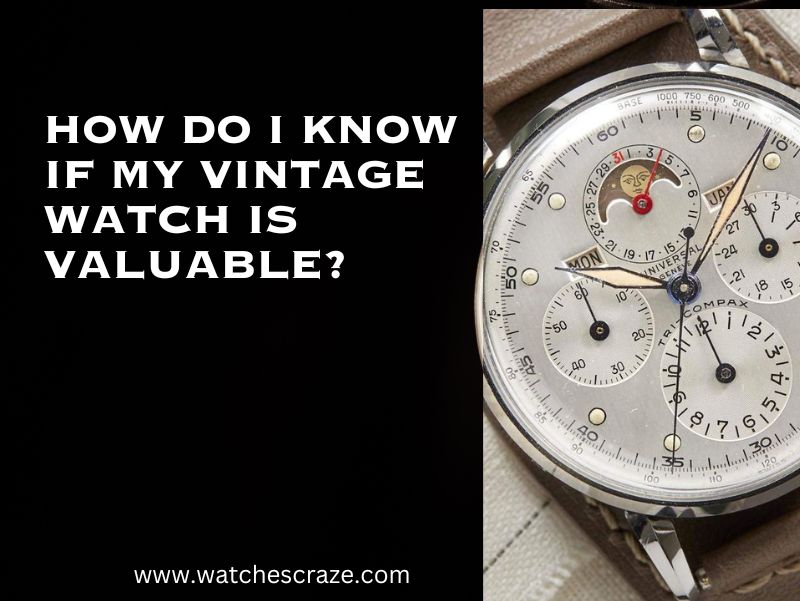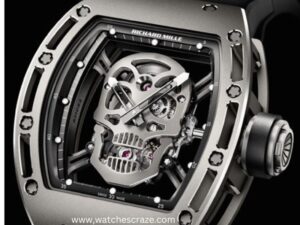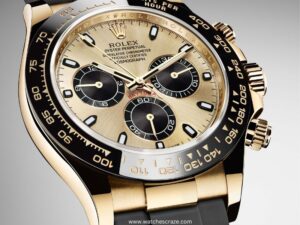How Do I Know If My Vintage Watch Is Valuable?
If you have a vintage watch and you’re curious about its value, there are some key factors to consider in your mind. Vintage watches have become increasingly popular over the years, with collectors and enthusiasts willing to pay top dollar for rare and valuable timepieces. However, not all vintage watches are created equal, and determining their value can not be an easy task. In this article, we’ll explore some of the key factors of a vintage watch that determine its value, as well as some tips and tricks for identifying whether your watch is truly valuable or not.
Importance of Determining the Value of Vintage Watches
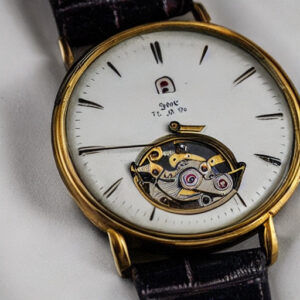
Determining the value of a vintage watch is essential if you want to sell, trade, or insure it. The value of a vintage watch can vary greatly depending on its brand, age, condition, materials, rarity, and provenance. Knowing the value of your vintage watch can help you make informed decisions about its care, maintenance, potential resale value, etc.
Factors Of A Vintage Watch That Determine Its Value
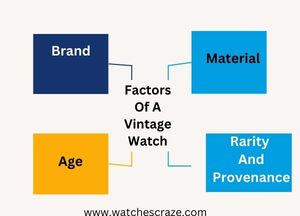
Here are some factors to consider if you want to know the value of your vintage watch.
1. Brand
The brand is one of the important factors to determine the value of vintage watches.
-
Famous Brands and Their Impact on Value
The brand of a vintage watch is one of the most important factors that determines its value. Famous brands such as Rolex, Patek Philippe, Omega, and Cartier typically command higher prices due to their reputation for quality and craftsmanship. Watches from these brands are often sought after by collectors and enthusiasts, driving up their value in the marketplace.
-
Lesser-Known Brands and Their Impact on Value
While famous brands tend to be more valuable, there are also lesser-known brands that can still fetch high prices. These brands may have a unique history or design that sets them apart from other watches. Examples of such brands include Jaeger-LeCoultre, Audemars Piguet, and Vacheron Constantin. However, it’s important to note that not all lesser-known brands are valuable. Some may be relatively unknown because they were not as successful or popular during their time.
- The Rarity of the Brand
The rarity of a vintage watch brand can also impact its value. Brands that produced a limited number of watches, or have gone out of business, may be highly sought after by collectors.
2. Age
Age is also one of the important factors to determine the value of vintage watches.
-
How the Age of the Watch Affects Its Value
The age of a vintage watch is another important factor in determining its value. Generally, the older the watch, the more valuable it is, as long as it is in good condition. This is because vintage watches are often considered rare and collectible, especially those that were produced in limited quantities or have unique features.
-
Different Eras of Watchmaking and Their Impact on Value
Different eras of watchmaking can also impact the value of a vintage watch. For example, watches from the Art Deco period, which was popular in the 1920s and 1930s, are highly sought after due to their unique designs and craftsmanship. Similarly, watches from the 1950s and 1960s are often highly valued for their classic styling and use of new technologies such as automatic movements.
3. Material
The materials used in a vintage watch can have a significant impact on its value. High-quality materials such as precious metals and rare gemstones are often associated with luxury and can command a higher price. Additionally, the materials used in the watch’s movement, such as the balance wheel and hairspring, can also impact its value.
-
Rarity of Materials
The rarity of the materials used in a vintage watch can also impact its value. For example, watches made from rare metals such as iridium or tantalum may command a higher price due to their scarcity. Similarly, watches with unique dials or case designs may be more valuable if they were produced in limited quantities. Ultimately, the rarity of materials can play a significant role in determining the value of a vintage watch.
4. Rarity
Rarity is a significant factor in determining the value of a vintage watch. Rare watches are highly sought after by collectors and enthusiasts and can command a premium price due to their scarcity.
-
Different Factors That Contribute to Rarity
⇛ Production Numbers:
Watches that were produced in limited quantities or as special editions are often rare and more valuable than those that were mass-produced. Limited production numbers can be due to a variety of factors such as the brand’s marketing strategy, a shortage of materials, or the watch’s technical complexity.
⇛ Condition of the Watch:
Vintage watches that are in pristine, unpolished condition are highly coveted by collectors. Any sign of wear or damage, such as scratches or dents, can significantly decrease the watch’s value. Watches that have been serviced or restored should be evaluated carefully, as some collectors prefer watches with original parts and minimal restoration.
⇛ Unique Features or Designs:
Watches that have unique features or designs that set them apart from other models are also considered rare and valuable. These can include unusual dial designs, special engravings, or unique case shapes. Watches that have historical significance or were owned by famous individuals can also be highly valuable due to their rarity and provenance.
5. Provenance
A vintage watch with a strong provenance can command a premium price in the market, as collectors and enthusiasts are often willing to pay more for a watch that has a well-documented history. For example, if a vintage watch was owned by a famous celebrity or was part of a significant historical event, it can greatly enhance the watch’s value. Conversely, if a watch has a questionable or unknown provenance, its value may be reduced or it may be difficult to sell at all.
-
Factors That Contribute to Provenance
There are several factors that can contribute to a watch’s provenance, including:
⇛ Ownership History:
A complete ownership history of the watch, including any documentation or receipts, can help establish the authenticity and provenance of the watch.
⇛ Historical Significance:
If the watch was part of a significant historical event, such as a space mission or a military campaign, it can greatly enhance its provenance and value.
⇛ Celebrity Ownership:
If the watch was owned by a famous celebrity or public figure, it can greatly enhance its value and provenance.
⇛ Originality:
Watches that have original parts and have not been significantly altered or restored can be considered more authentic and may have a stronger provenance.
⇛ Packaging and Documentation:
The original packaging and documentation that came with the watch, such as the instruction manual or warranty card, can help establish its provenance and authenticity.
Conclusion: How Do I Know If My Vintage Watch Is Valuable?
In conclusion, determining the value of a vintage watch can be a complex process, but there are several key factors that can help identify whether a watch is valuable or not. Factors such as brand, age, materials, rarity, and provenance all play a significant role in determining a watch’s value. By researching and understanding these factors, collectors, and enthusiasts can make informed decisions when buying or selling vintage watches. However, it is important to be aware of red flags such as counterfeits and improper servicing that can impact a watch’s value. With the right knowledge and attention to detail, anyone can identify a valuable vintage watch and appreciate it for its historical and cultural significance.
FAQs: How Do I Know If My Vintage Watch Is Valuable?
What are vintage watches made of?
Vintage watches can be made of a variety of materials including stainless steel, gold, silver, platinum, brass, leather, and plastic, depending on the brand and time period.
How can I ensure the authenticity of my vintage watch?
The authenticity of a vintage watch can be verified through factors such as the brand, model, serial number, and movement type. A watch expert or appraiser can help verify the authenticity of the watch. It’s important to be wary of counterfeit or altered watches.
Should I have my vintage watch appraised?
Yes, having a vintage watch appraised by a qualified appraiser can help determine the value of the watch and provide documentation for insurance purposes. It’s important to choose a reputable appraiser with experience in vintage watches.
How old does a watch need to be considered vintage?
Generally, a watch is considered vintage if it is at least 20-30 years old. However, the definition of vintage can vary depending on the source and context.

